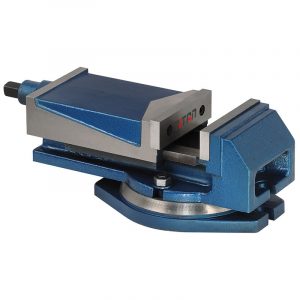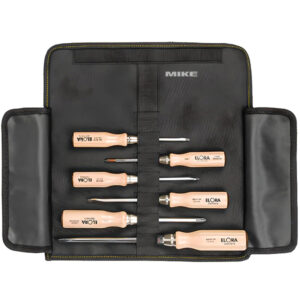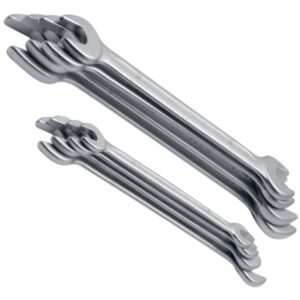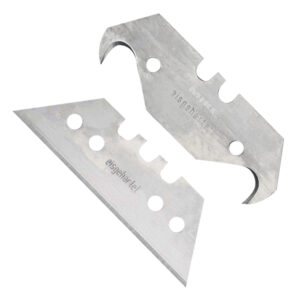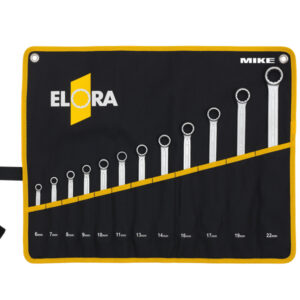A bench vise is a tool that is typically mounted on a workbench or table and used for holding and clamping materials, such as wood or metal, during various types of work, such as cutting, drilling, or shaping. It consists of two jaws, one fixed and one movable, which are brought together by turning a threaded rod with a handle or crank.
The jaws are often lined with replaceable inserts made of materials such as rubber, plastic, or metal to protect the workpiece and provide a better grip. Bench vises come in a variety of sizes and styles, from small hobbyist models to large industrial versions capable of holding heavy workpieces.
How many kind of bench vise?
There are several types of bench vises available, each designed for specific tasks or applications. Here are some common types of bench vises:
- Woodworking Vise: This type of vise is designed specifically for woodworking tasks and typically has a large jaw capacity and a quick-release mechanism to quickly adjust the workpiece.
- Machinist’s Vise: This type of vise is designed for metalworking tasks and features precision machined jaws and a robust construction for holding heavy workpieces.
- Pipe Vise: A pipe vise is designed to hold pipes securely while cutting, threading, or bending. It typically has V-shaped jaws that grip the pipe firmly without damaging its surface.
- Multi-Angle Vise: This type of vise allows the workpiece to be rotated and tilted to different angles for improved access and positioning during work.
- Combination Vise: This type of vise combines the features of a woodworking and machinist’s vise, making it suitable for a wide range of tasks.
- Drill Press Vise: This type of vise is designed to hold workpieces securely while drilling, milling, or tapping on a drill press.
There are also other specialized types of vises, such as jewelers’ vises, engravers’ vises, and gunsmiths’ vises, each designed for specific applications.
How to choose a bench vise?
When choosing a bench vise, you should consider several factors to determine which type and size will best suit your needs. Here are some things to consider:
- Intended Use: Consider the types of tasks you will be performing with the vise. For example, if you will be working with metal, a machinist’s vise may be more suitable than a woodworking vise.
- Jaw Size and Capacity: Choose a vise with a jaw size and capacity that can accommodate the size of the workpiece you will be working on.
- Quality and Durability: Look for a well-made vise that is built to withstand the demands of your work and will last for a long time.
- Type of Mounting: Consider how you will mount the vise to your workbench or table and choose a vise that is compatible with your mounting method.
- Price: There are vises available at a wide range of price points. Consider your budget and choose a vise that offers good value for your money.
- Brand and Reviews: Look for reputable brands and read reviews from other users to get an idea of the quality and performance of different vises.
By considering these factors, you can choose a bench vise that meets your needs and will help you work more efficiently and effectively.
Bench Vise
Showing the single result

